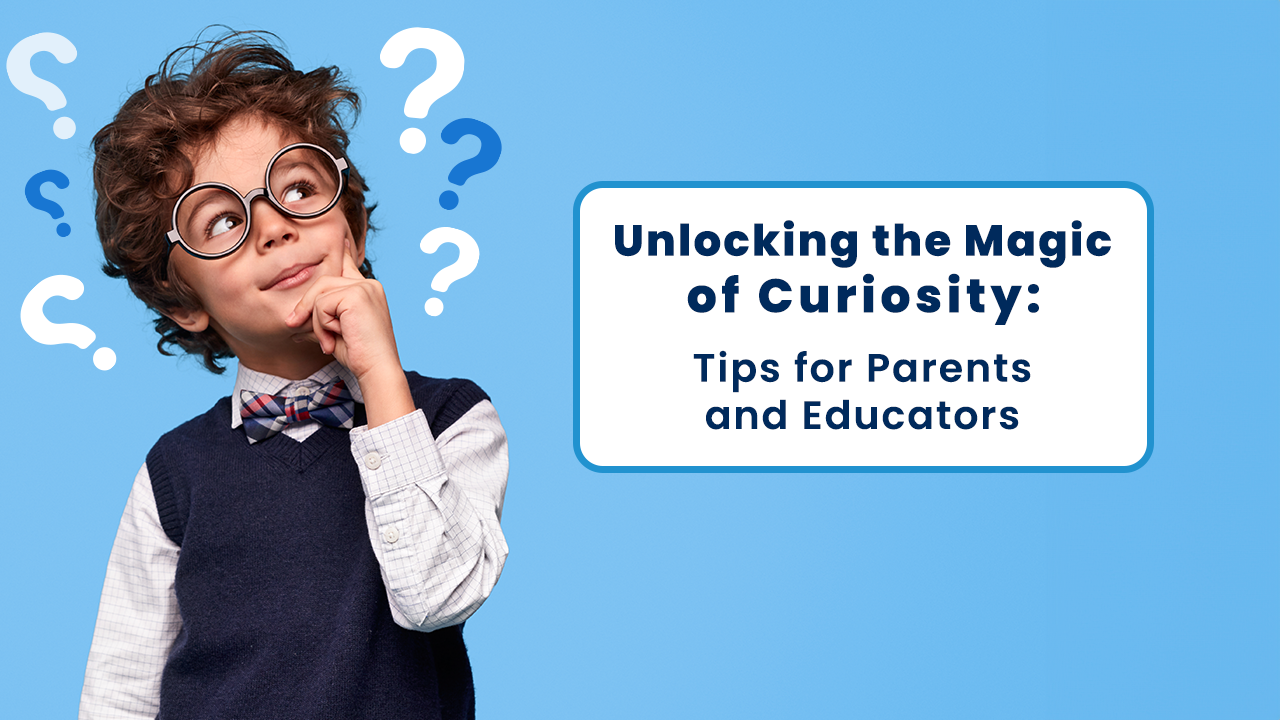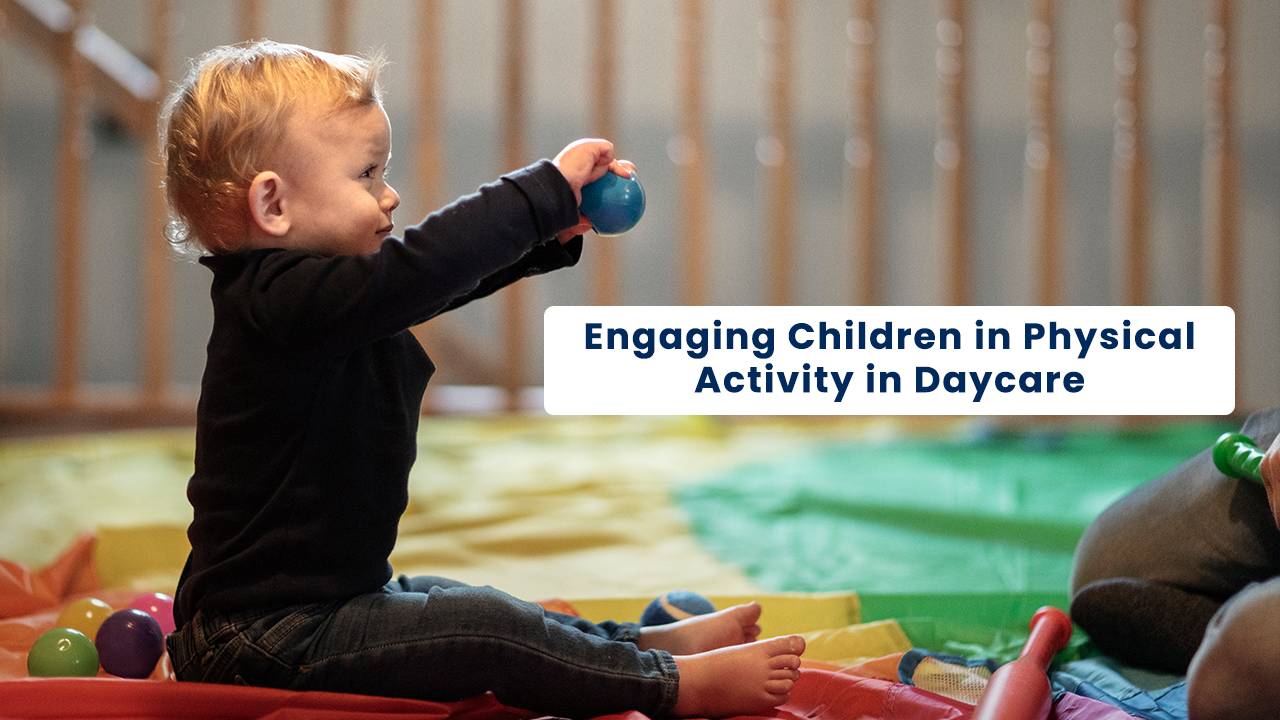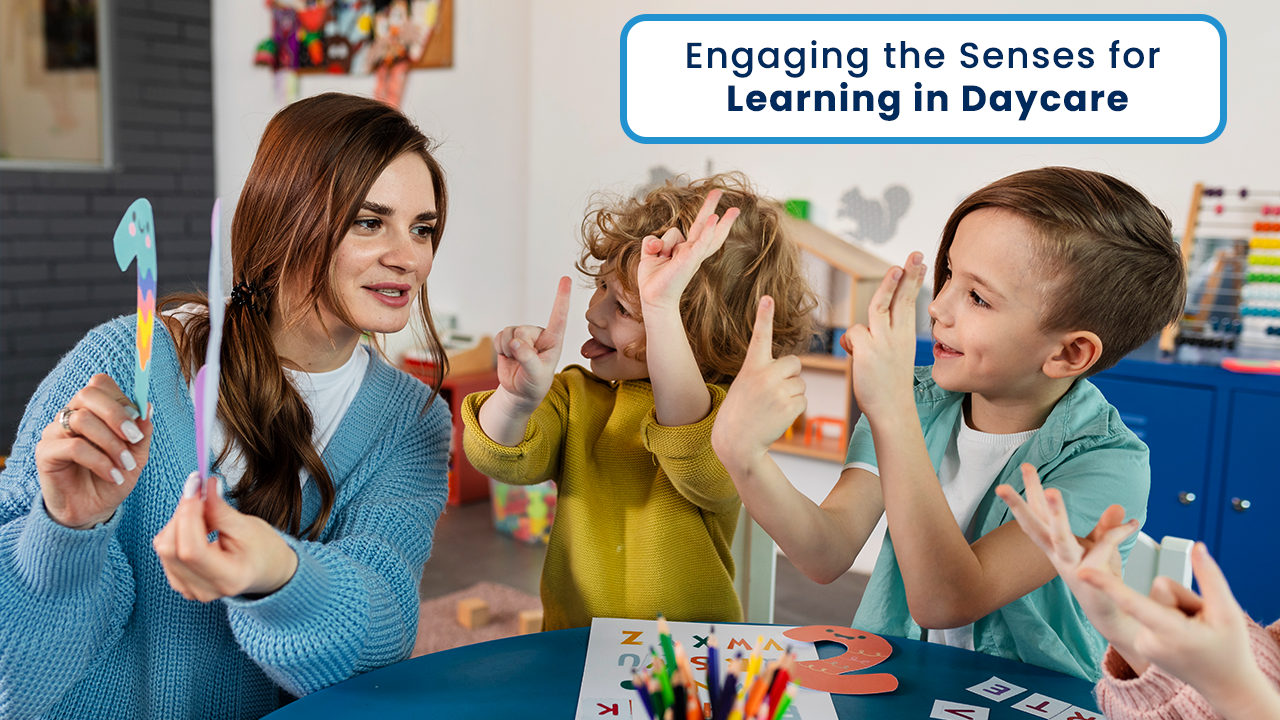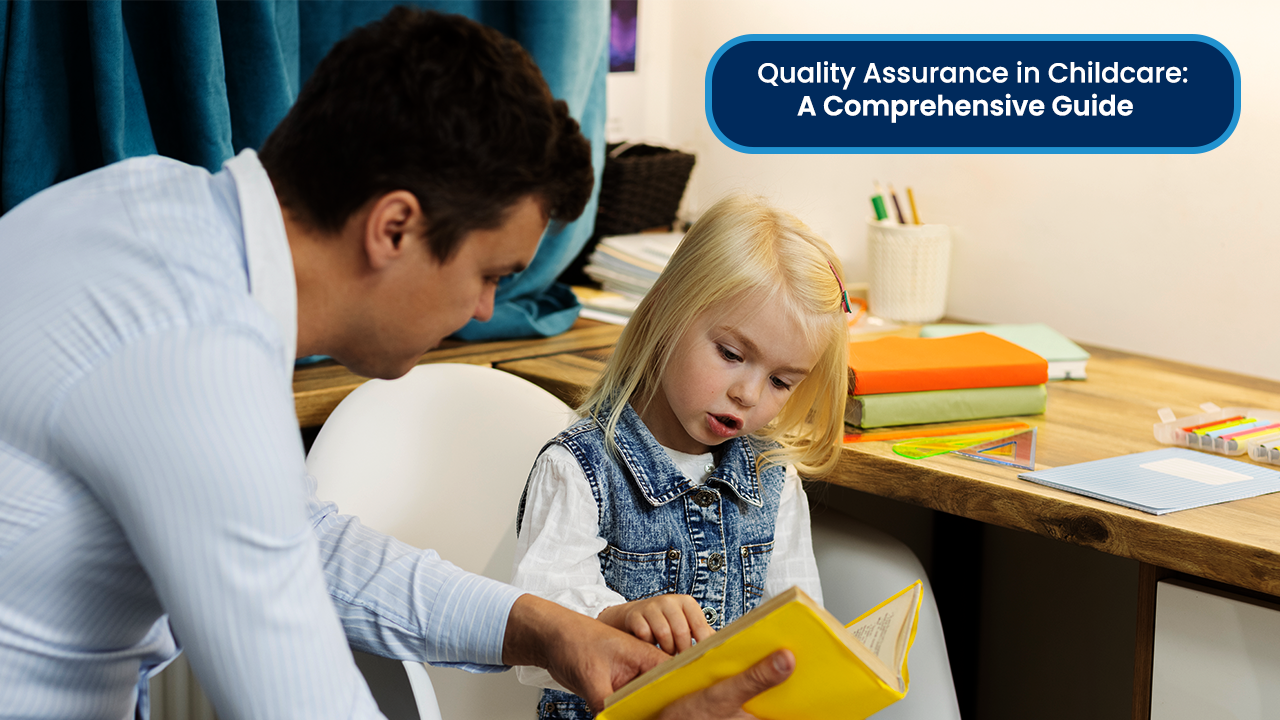
Curiosity is a wondrous gift we possess from birth, a force that fuels our thirst for knowledge and fuels our journey through life. Picture a child’s eyes wide with wonder, constantly asking, “Why?” or “How does this work?” Curiosity is not just a charming trait; it’s a fundamental building block of human development. In this blog, we’ll explore the enchanting world of curiosity and discover how parents and educators help unlock the magic of curiosity to nurture young minds and foster a lifelong love for learning.
Unlocking the Magic of Curiosity: Why It’s Important
Curiosity is the gateway to a world of possibilities for children. It sparks their imagination, drives them to explore, and empowers them with an insatiable desire to learn. Beyond the surface, it plays a pivotal role in cognitive development. When children ask questions and actively seek answers, they develop problem-solving skills, enhance their creativity, and build a foundation for lifelong learning. Here are some reasons why curiosity is important:
Fuels learning and exploration:
Curiosity is the engine that drives learning. It motivates individuals to seek knowledge, explore new ideas, and discover the world around them. With curiosity, the process of education and personal growth would be active.
Encourages critical thinking:
Curiosity encourages individuals to ask questions, seek answers, and think critically. It promotes a deeper understanding of subjects, as individuals don’t just accept information at face value but engage in active inquiry and analysis.
Sparks creativity and innovation:
Curiosity is at the heart of creativity and innovation. It prompts individuals to explore new possibilities, make connections between seemingly unrelated ideas, and develop novel solutions to problems. Many groundbreaking discoveries and inventions have been driven by curiosity.
Enhances Problem-Solving Skills:
Curious individuals are often better problem-solvers. They approach challenges with a sense of wonder and a willingness to experiment and adapt. This leads to more effective problem-solving and a remarkable ability to overcome obstacles.
Fosters a Lifelong Love for Learning:
Curiosity isn’t limited to childhood; it’s a lifelong trait. Those who nurture their curiosity throughout life are likelier to remain engaged in learning, continuously expanding their knowledge and skills. This lifelong love for learning can lead to personal and professional growth and fulfillment.
Unlocking the Magic of Curiosity in Children: Tips for Parents
Encourage open-ended questions:
Stimulate your children to pose open-ended questions that demand answers beyond “yes” or “no”. It sparks critical thinking and curiosity when they ask “why” or “how” questions. Instead of providing immediate answers, guide them to explore and discover the answers through discussions or research.
Create a Curiosity-Friendly Environment:
Design an environment at home where curiosity is celebrated and encouraged. Make it clear that there are no “silly” questions. Allow children to explore their interests, whether it’s through books, experiments, art, or outdoor activities. Provide them with the tools and resources they need to satisfy their curiosity.
Lead by Example:
Children often learn by observing their parents. If you show enthusiasm for learning and exploration, it’s more likely that they will, too. Share your interests and questions, and involve your children in curious or exciting activities. Your curiosity can be contagious.
Support Diverse Interests:
Every child is unique, and their interests and curiosities may vary. Encourage and support various interests, whether science, art, nature, music, or anything else. Provide opportunities to explore these interests and find what indeed captivates them.
Engage in curiosity-boosting activities:
Offer a variety of activities that stimulate curiosity. Visit museums, science centers, libraries, and other educational places. Explore nature together, attend cultural events, and read various books. These experiences can expose children to new ideas and inspire their curiosity.
Unlocking the Magic of Curiosity in Children: Tips for Educators
Embrace inquiry-based learning.
Design lessons that encourage students to ask questions, explore, and find answers. Create a classroom environment where inquiry is welcome and even encouraged. Provide opportunities for students to investigate topics that interest them and guide them through seeking solutions to their questions.
Create engaging and relevant lessons:
Develop lessons that capture students’ interest and curiosity. Connect the curriculum to real-world issues and problems, making the content relevant to their lives. When students see the practical applications of their learning, they’re more likely to be curious and motivated to delve deeper into the subject matter.
Celebrate Diverse Learning Styles:
Recognize that students have different learning styles and interests. Some may be naturally curious about science, while others may be drawn to the arts or history. Encourage and support these diverse interests, allowing students to explore what fascinates them the most. This not only fosters curiosity but also helps personalize learning.
Foster a growth mindset.
Promote the idea that intelligence and abilities are developed through effort and learning. Encourage students to view challenges as opportunities to learn and grow. When students believe they can improve and develop their skills, they are more likely to take risks, ask questions, and exhibit curiosity.
Provide Opportunities for Independent Exploration:
Alongside structured lessons, offer time for independent exploration and projects. Allowing students to choose their research topics and work on projects that interest them can be a powerful way to nurture curiosity. Provide resources, guidance, and support, but let them lead their learning.
Unlocking the Magic of Curiosity as a Lifelong Skill:
Curiosity is not a trait confined to childhood; it’s a skill that should be cultivated throughout life. Encourage adults to keep their curiosity alive and continuously learn and grow. Whether it’s picking up a new hobby, reading, or engaging in thought-provoking discussions, curiosity is the key to personal and professional development.
Challenges and Solutions for Unlocking the Magic of Curiosity
Fostering curiosity in children and students can face various challenges, but these obstacles can be overcome with the right strategies. Here are some common challenges and ways to address them:
Curriculum Constraints:
Educational curricula can sometimes be rigid, leaving little room for teachers to explore topics outside the set syllabus. To overcome this, educators can look for opportunities to integrate curiosity-driven activities into the existing curriculum or advocate for more flexible teaching approaches.
Time Constraints:
Teachers often face time constraints due to the need to cover a wide range of subjects and meet standardized testing requirements. To address this, educators can find ways to incorporate curiosity-driven projects and questions within the existing time frame or collaborate with other teachers to share the workload.
Assessment Pressures:
The emphasis on standardized testing can sometimes discourage educators from prioritizing open-ended, curiosity-driven learning. To counter this, teachers can explore alternative assessment methods that better capture students’ ability to think critically, problem-solve, and engage with complex topics.
Student Apathy or Disinterest:
Not all students will immediately embrace curiosity-driven learning. To address this challenge, educators can start by identifying students’ interests and curiosities and then tailor lessons to incorporate those interests. Gradually, this can help spark their curiosity and engagement.
Lack of Resources:
More resources in terms of materials and technology can help with the implementation of curiosity-driven activities. To overcome this, educators can seek creative solutions, such as leveraging community resources, seeking grants, or adapting existing materials for their needs.
Parental Expectations:
Some parents may have specific expectations for their children’s education, focusing on standardized test results or more traditional methods. Educators can address this challenge by communicating with parents, explaining the benefits of curiosity-driven learning, and involving them in the process.
Student Diversity:
Students in a classroom have varying backgrounds, learning styles, and levels of prior knowledge. Educators can provide differentiated instruction to foster curiosity, ensuring that all students have opportunities to explore and inquire at their own pace and level.
Classroom Management:
Managing a classroom where students are encouraged to ask questions and explore can be challenging. Educators can establish clear guidelines for behavior and inquiry, create a safe and respectful environment, and use classroom management techniques that support curiosity without disrupting the learning process.
Conclusion:
The ability to question, explore, and learn is a superpower in a world of information. By unlocking the magic of curiosity in our children and ourselves, we lay the foundation for a future filled with wonder and continuous discovery. You can also read about using art and music to enhance children’s development in daycare here.


